Clothing consignment shops have been around for a long time. They are still a great way for people to clean out their closets while making a few bucks, not to mention for buyers who want a low cost option on second hand clothes. The digital payment system is changing the consignment market as transactions become safer, easier, and accessible to a wider range of individuals. In this guide, we go over the digital payment systems that are changing the game for clothing consignment shops, as well as some of the implications for sellers, buyers, and businesses along the way.
Digital Payments’ Role in Retail
Digital payments are transactions done electronically using credit cards, mobile wallets, online banking, and even peer-to-peer payment platforms such as PayPal or Venmo. Such systems play a major role in retail and provide speed, security, and convenience. Digital payments make processes that used to be cumbersome and labor-intensive far easier for both physical and online clothing consignment shops.
The Impact of Digital Payments on Clothing Consignment Shops
1. Greater Accessibility for Sellers
Because of digital payment systems, it is easier for an individual to consign clothes. So, sellers can get paid directly to their bank or digital wallets without the need for physical checks or cash. Sellers get paid instantly through PayPal and Venmo once a sale happens. This ease of access also pushes more and more people to use clothing consignment shops.
2. Convenience for Buyers
The seamless experience digital payments provide is a big deal for buyers. They can pay whichever way they prefer, online or in-person — whether it be with credit cards, mobile wallets like Apple Pay or Google Pay, or (in some instances) even cryptocurrency.
3. Growth of Online Consignment Shops
Digital payments have also facilitated the growth of online consignment platforms like Poshmark, ThredUp or The RealReal. These platforms depend on electronic transactions to make it easier for the seller and customer to make sales over geographical distances. Payment integrations also provide seamless operation by allowing consignors to list items, buyers to securely buy, and platforms to distribute earnings.
4. Enhanced Security
Older means of paying, such as cash or checks, carried with them elements of risk like being robbed or the risk of fraud. Digital payment systems provide additional security features such as encryption and fraud detection protocols. It helps buyers and selling feel safe when they enter use services of a consignment shop.
5. Faster Payment Processing
With conventional consignment contracts, sellers frequently need to wait weeks or months after a sale happens to get their cut. The rise of digital payments has sped up the process considerably. Now, many consignment platforms offer instant payouts or short processing times. Hence, sellers’ earnings are merely a request away.
How This Affects Brick-and-Mortar Clothing Consignment Shops
Digital payments are clearly helping online consignment platforms but physical stores are also benefiting:
- Contactless Payments: Physical shops began using a contactless payment system, permitting people to pay by tapping their card or phone.
- Integration with Inventory Systems: Many digital payment solutions integrate with inventory management software, aiding clothing consignment shops in tracking sales and managing inventory.
- Appeal to Young Customers: Millennials and Gen Z shoppers are increasingly attracted to stores that accept mobile wallets and other fintech options.
Problems Related to Consignment Shops
While digital payments are beneficial, they come with some challenges:
- Transaction fees: PayPal can charge fees for processing payments, which means both consignors and shop owners will lose some of their profits.
- Payment system issues: Downtime in payment services may affect the business significantly.
- Learning Curve: Sellers who are used to the traditional way of accepting payments can find it difficult to learn new technologies.
Advantages of Digital Payments for Sustainability
Digital payments blend in well with an increasing focus on sustainability in fashion:
- Promoting Circular Economy: Digital payments make it simpler to transact for consignment, promoting reuse of clothing instead of disposal.
- Less Paper Means Less Waste: Instead of getting paper invoices, it is helpful to use electronic receipts, and help the environment.
- Worldwide Sales: Online consignment platforms with digital payments can help sell to a global market, expanding the audience for second-hand clothing.
Clothing Consignment Shops Offering Digital Payments
A few clothing consignment shops have successfully adopted digital payment systems:
Poshmark
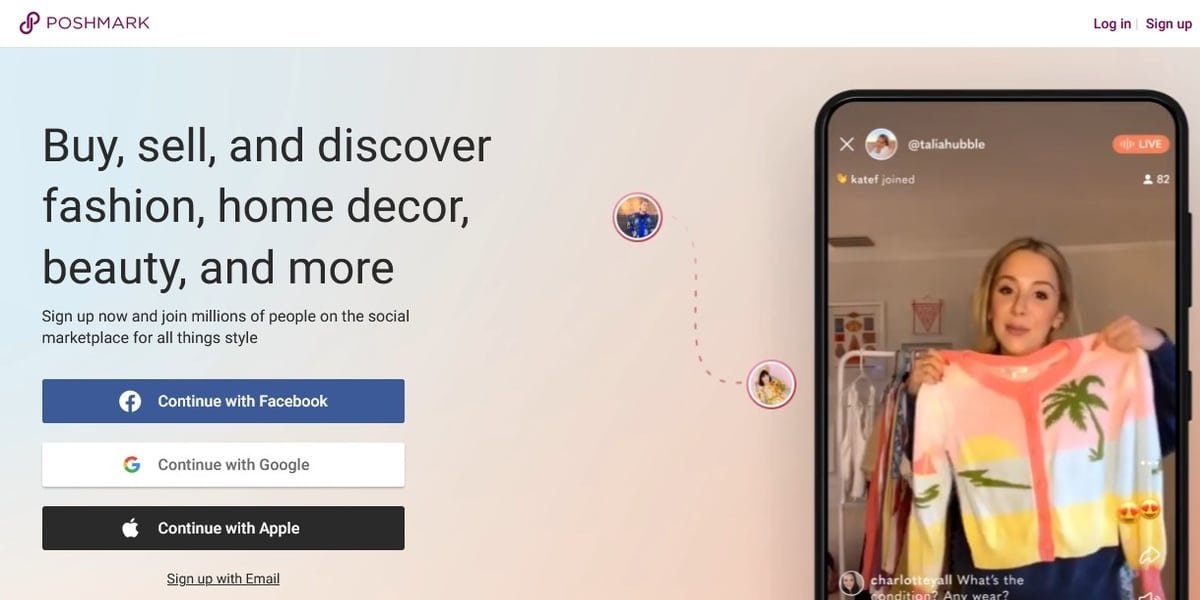
Poshmark is a widely known marketplace for used clothing and accessories. It has prepaid shipping labels, so sellers can send things out easily, making consignment simple. Credit cards, PayPal, or Apple Pay offer secure payments, and payment is received via direct deposit or check after a sale. It integrates with digital wallets for quick transactions and encourages user engagement through its social marketplace to drive sales.
ThredUp

Sellers use a “Clean Out Kit” to send items to ThredUp to assess and list them for sale. Payouts are processed digitally through either PayPal or direct deposit. With secure credit card and digital wallet payment options for buyers, ThredUp’s solution also facilitates global sales activities, targeting eco-genius value-driven consumers.
The RealReal
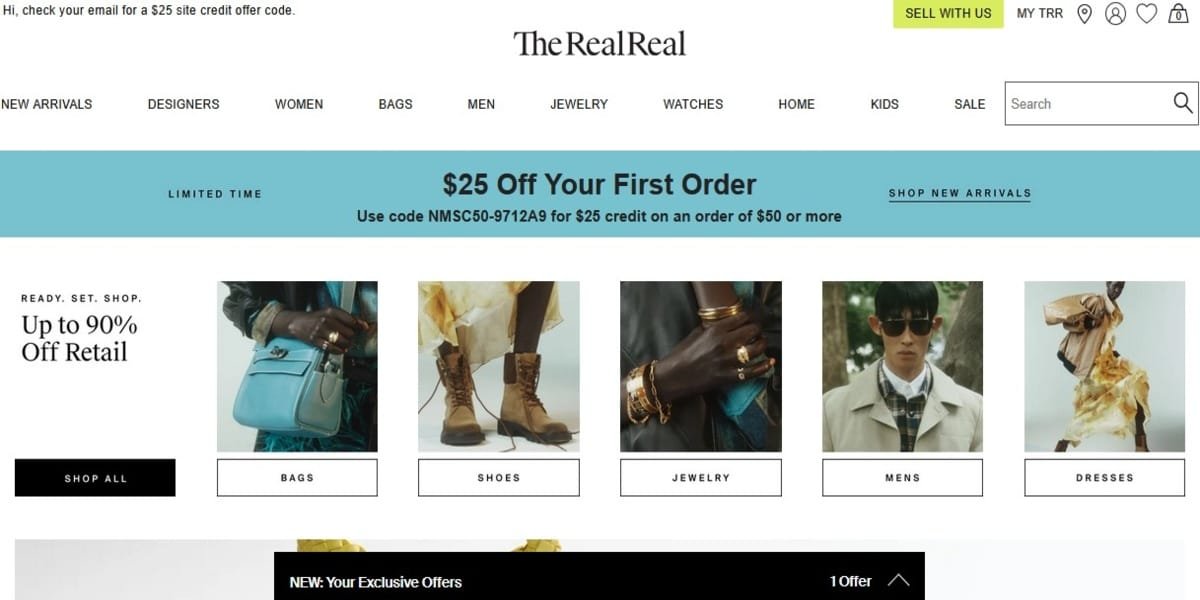
Specializing in luxury consignment, The RealReal provides a polished experience for consignors and buyers alike. Sellers can consign high-end clothing, jewelry, and accessories through the platform and receive upfront payments via bank transfers for eligible items. Buyers enjoy secure payment options, including credit cards, PayPal, and Apple Pay. The RealReal’s authentication process ensures quality control while its digital payment integrations facilitate seamless transactions globally.
Vestiaire Collective

Vestiaire Collective is a luxury resale marketplace that any high-end fashion lover should know about if they are looking to buy or sell luxury products. It allows for peer-to-peer payments with reputable exchange services such as Stripe and PayPal, which guarantee payment safety on both sides. Sellers can directly list items on the platform and be paid electronically once the sale is complete. Vestiaire Collective also supports mobile wallets such as Google Pay and Apple Pay.
Depop
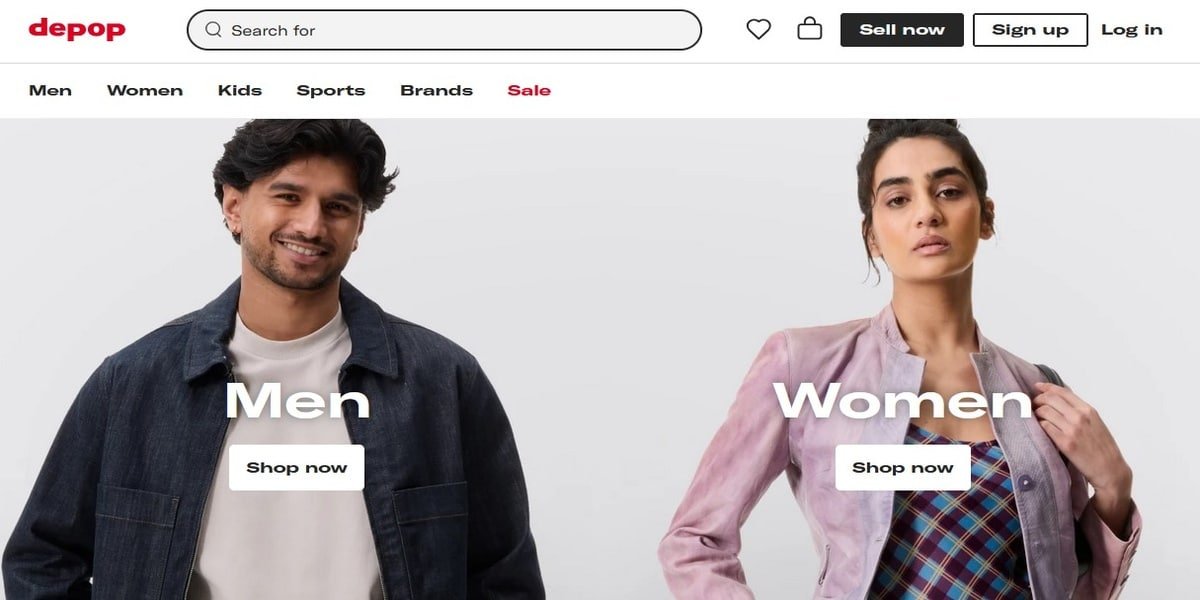
Gen Z and millennials are the target audience for Depop, which merges social media with consignment shopping. Sellers post items on their profiles while buyers search by category or simply scroll through curated feeds. Payments are processed via Stripe or PayPal, making it easy for buyers to buy and sellers to sell. Digital payments are a crucial part of Depop’s operations due to the platform’s mobile-first nature.
eBay
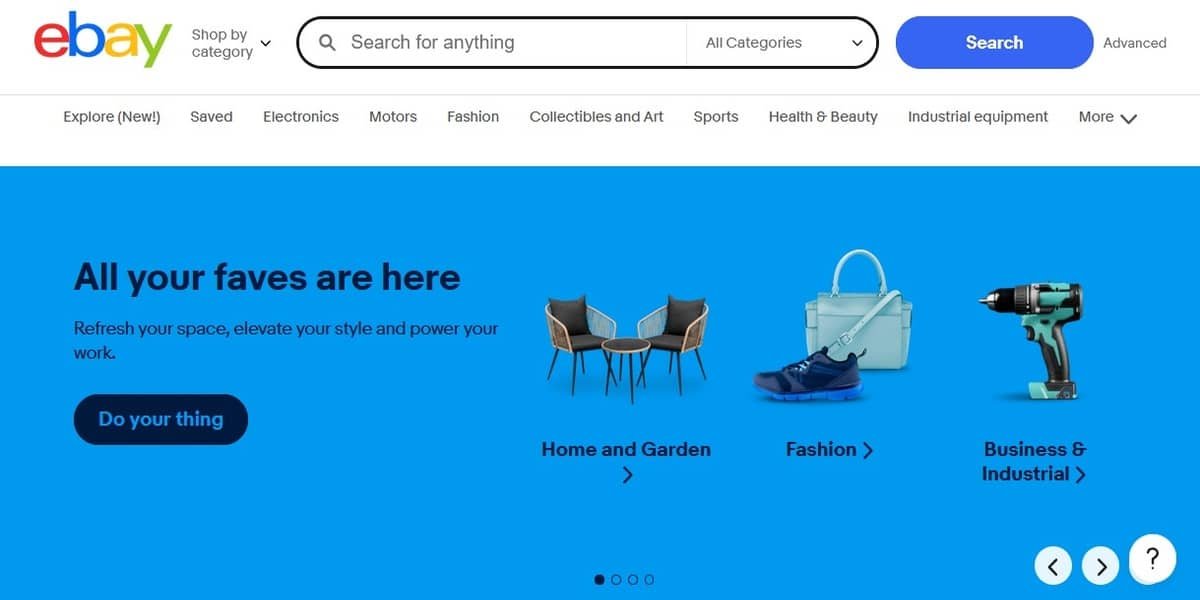
Though eBay is not strictly a consignment shop, it’s one of the biggest marketplaces for pre-owned items, with clothing as one of the mainstay categories. Sellers can post items directly on eBay, and it works well with its incorporated payment system, which utilizes PayPal and various other digital options like credit cards or Google Pay. eBay’s international presence provides consignors access to global markets while also safely processing payments for buyers and sellers.
Mercari
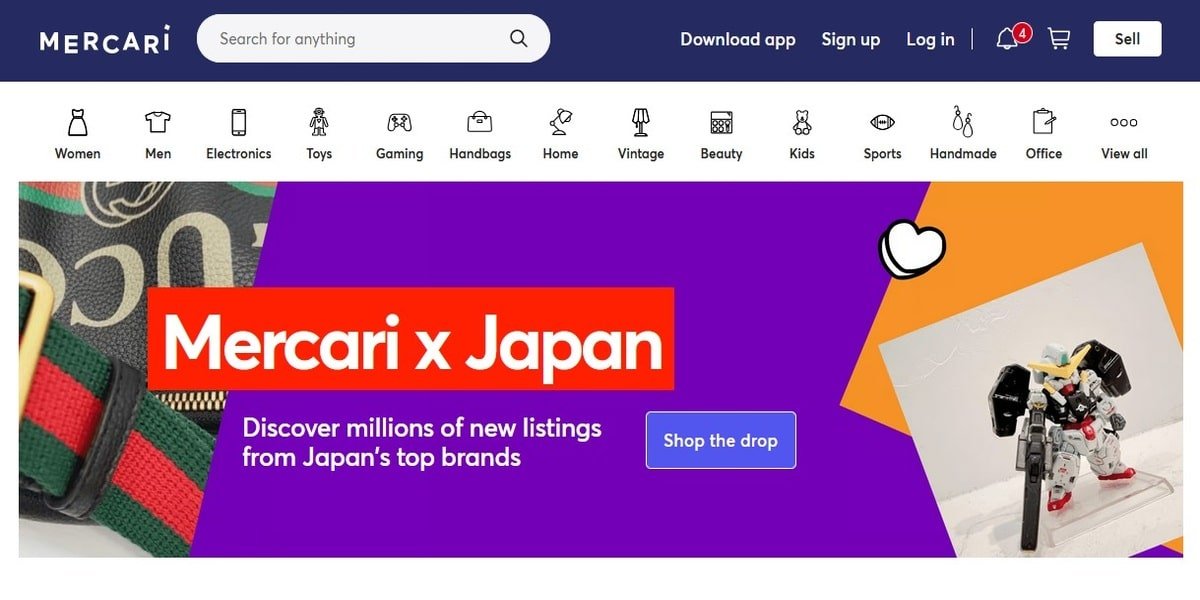
Mercari is also a popular platform that makes buying and selling second-hand products easy. The app lets sellers list items easily and ship them using prepaid labels. After a sale is complete, they send the payment online via direct deposit or PayPal. Buyers enjoy flexible payment options like credit cards, Apple Pay, Google Pay, or Mercari Credit (only available on Mercari).
Vinted

Vinted is another popular website; its base is located in Europe but has a global reach. Payments are processed via secure gateways such as Stripe or PayPal, and sales proceeds will go directly to the seller after the sale is complete.
Conclusion
Digital payments bring speed, security, and convenience for sellers, buyers, and consignment shop owners everywhere. These technologies are paving the way for the industry to succeed in an ever-more-digital-first world, from enlarging online marketplaces to simplifying physical store operations, all while pushing for a more circular economy to foster sustainability.
Want to be on trend? Discover this collection of 2025 crossbody bag men. Also, follow us on Facebook and Instagram to receieve the latest fashion trends.
Sources:
- www.wtop.com/news/2022/09/7-top-online-consignment-shops-for-selling-your-clothes/
- www.shopify.com/blog/what-is-consignment
- www.theworkathomewoman.com/consignment-shops/



